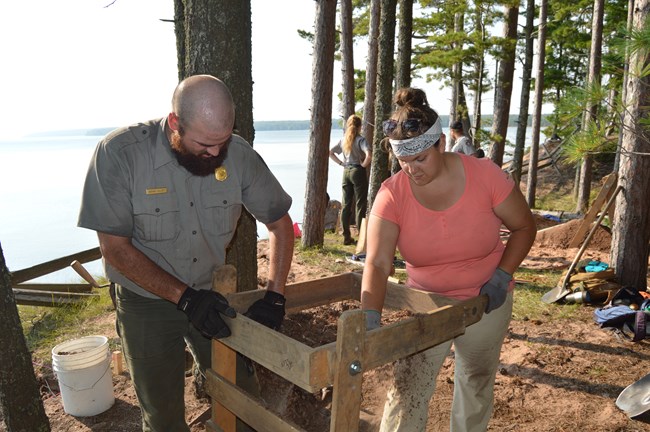
Our archeological projects take us to National Park Service units throughout the Midwest and beyond!
Meanwhile, the Midwest Archeological Center cares for archeological and archival collections from over 70 parks. Learn more about the Center's projects and other operations by checking out these articles.
Last updated: September 1, 2020
